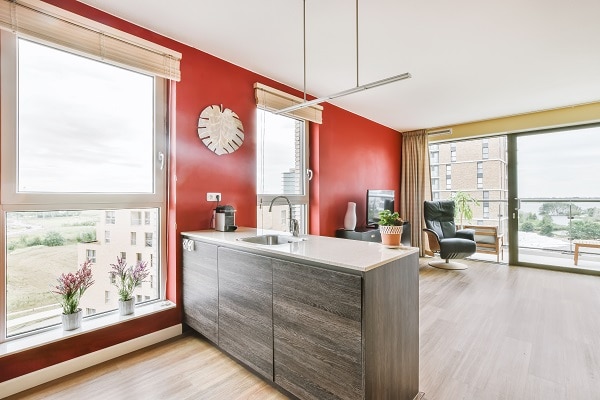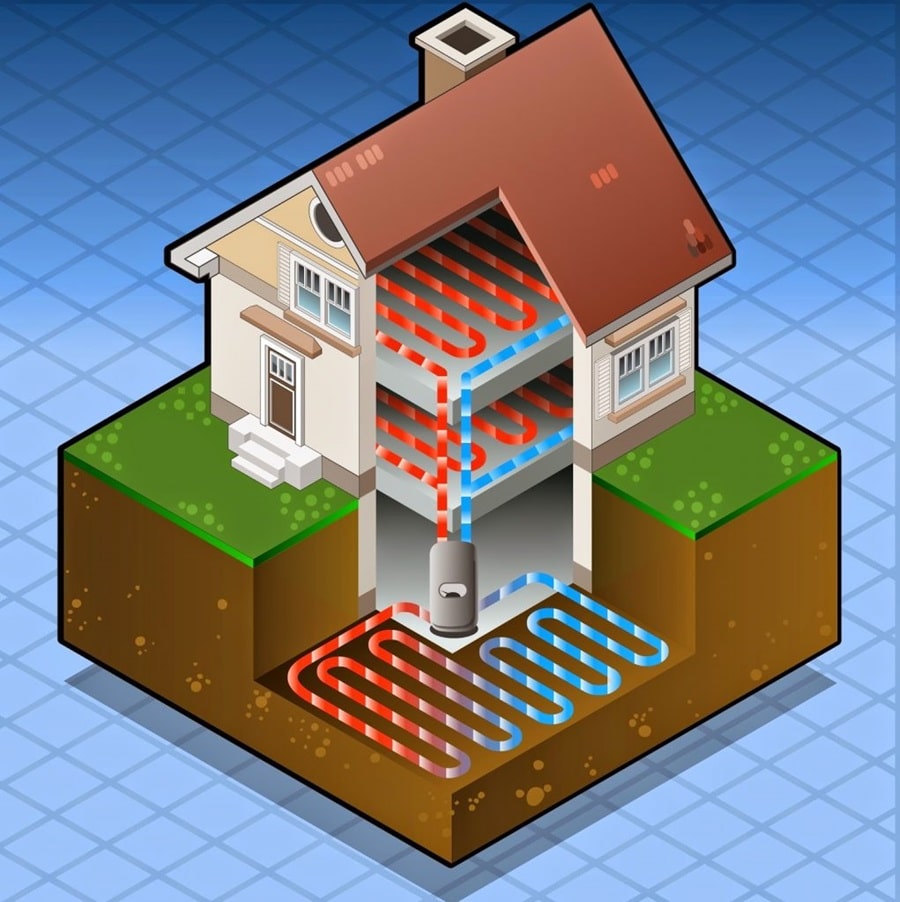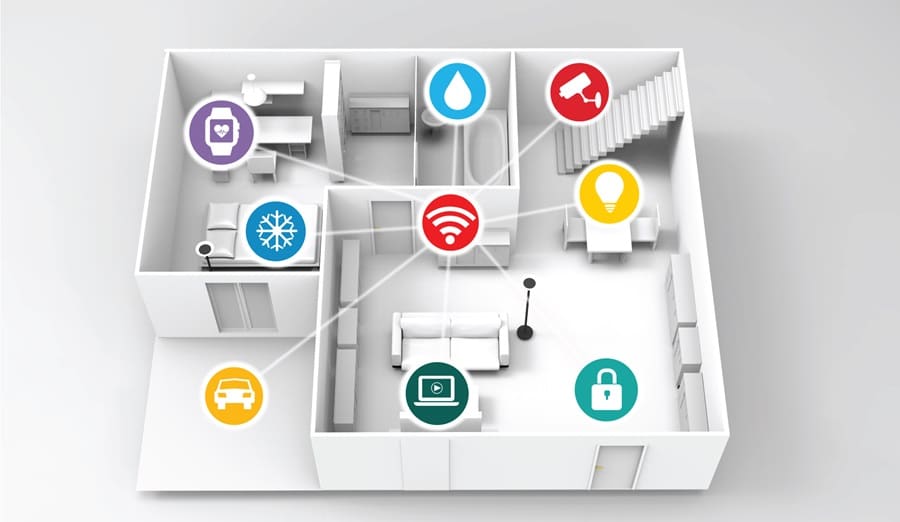Are you considering adding an addition on your home? If so, you’re in luck! This guide will walk you through the entire process, from start to finish. It will talk about the different types of additions that are available, as well as the pros and cons of each one. It will also provide tips on how to stay within your budget and avoid common mistakes made by homeowners during this process. So whether you’re just starting to think about adding an addition or you’re already in the planning stages, this guide will have everything you need!
Contents
Common Reasons To Add An Addition On Your Home

There are many reasons why people may choose to add an addition onto their home. For some, it may be simply a matter of needing more space. As families grow and change, homes that once seemed spacious may begin to feel cramped and cluttered. An addition can provide the extra square footage needed to comfortably accommodate a growing family. Others may choose to add an addition in order to update the look of their home.
A dated kitchen or bathroom can be given new life with a well-designed renovation, and an old-fashioned floor plan can be opened up to create a more modern layout. Finally, some people may decide to add an addition in order to increase the value of their home. A carefully planned renovation can make a home more attractive to potential buyers, resulting in a higher sale price. Whatever the reason, an addition can be a great way to improve both the look and function of your home.
Types Of Additions You Can Add
When it comes to home additions, there are four main types: expansions, second story additions, room additions, and garage additions. Each one comes with its own set of pros and cons so before making any decisions, it’s important to do your research and figure out which type of addition will best suit your needs.
Expansion

You’ve outgrown your current home. You need more space, but you love your neighborhood and don’t want to move. So you decide to add on. But is an expansion the right choice for you?
There are several things to consider before you start construction. First, will the addition blend in with the existing structure? A well-designed expansion will look like it was always part of the original house. But if not done carefully, an expansion can look like a poorly designed afterthought. Second, consider the cost. An expansion will usually cost more per square foot than a new home would. But it’s important to factor in the cost of selling your current home and moving to a new one. An expansion may end up being more cost-effective in the long run.
Third, think about the impact on your lot size and landscaping. An expansion will obviously require some demolition and construction, which can be disruptive to your yard. And once the addition is complete, you may need to replant or re-landscape to restore your property’s curb appeal. Finally, make sure you have the necessary permits and approvals from your homeowner’s association (if applicable) before starting any work.
Second Story Addition

A second-story addition can be a great way to add extra living space to your home. However, there are also some potential drawbacks to this type of addition. One of the main benefits of a second-story addition is that it can significantly increase the amount of living space in your home. This can be especially beneficial if you have a growing family or if you regularly entertain guests. Additionally, a second story addition can help maximize your lot size by making better use of vertical space.
However, one downside of a second story addition is that it can be quite costly. In addition to the cost of materials and labor, you may also need to reinforce your existing foundation to support the additional weight. Additionally, a second-story addition can disrupt your home’s existing flow and may require extensive remodeling. Overall, a second-story addition can be a great way to add value to your home; however, it is important to weigh the pros and cons before making a final decision.
Room Addition

A room addition is a great way to add extra living space to your home without making major changes to the existing structure. Room additions can be used for a variety of purposes, such as adding an additional bedroom, bathroom, or office. One of the main benefits of a room addition is that it can be less disruptive than other types of additions, such as a second-story addition. Additionally, room additions can be designed to blend in seamlessly with the existing layout and style of your home.
However, there are a few things to consider before deciding whether or not to add a room to your home. One of the biggest factors is cost. Depending on the size and location of the addition, the price can range from a few thousand dollars to hundreds of thousands. Another important consideration is how the addition will impact the existing structure of your home. Room additions can put stress on load-bearing walls and foundations, which may require expensive repairs down the road.
Finally, you’ll need to think about how you’ll use the new space. Is it for extra storage, a home office, or a guest bedroom? Once you’ve considered all of these factors, you’ll be able to make an informed decision about whether or not a room addition is right for you.
Garage Addition

Finally, another option to consider is a garage addition. A garage can provide many benefits, such as extra storage space, vehicle protection, and improved home security. Additionally, a garage can help increase your home’s resale value. But, although it may seem like the simplest option, there are a few things to keep in mind before adding a garage to your home. One is that it can be costly. Not only do you have to pay for the materials and labor, but you also have to factor in the cost of insulation, heating, and cooling.
Another downside is that it can increase noise levels, especially if you have an attached garage. If you live in an area with a Homeowners Association, there may also be restrictions on what types of additions you can make to your home. So, even though it may seem simple, a garage addition still brings a lot to think about.
Tips To Save Money When Adding An Addition

Adding an addition to your home is a big investment, but there are ways to save money during the process. One way to cut costs is to do as much of the work yourself as possible. If you’re handy with tools, you can handle tasks like demolition, framing, and drywalling. Painting and installing trim are also relatively easy projects that can be completed without professional help.
Another way to save money is to carefully select your materials. For example, choosing a less expensive type of siding or opting for laminate countertops instead of granite can help keep costs down. By following these tips, you can add an addition to your home without breaking the bank.
Mistakes To Avoid When Adding An Addition

Building an addition to your home can be a great way to add extra space and value to your property. However, there are a few potential pitfalls that you’ll want to avoid during the planning and construction process. One mistake that many homeowners make is failing to obtain the proper permits before starting work. Another common mistake is underestimating the costs of the project. Building an addition without a permit can result in costly fines, and in some cases, the addition may need to be removed.
Be sure to get a realistic estimate of all materials and labor costs before starting construction. Finally, you’ll also want to avoid making changes to the plans mid-way through the project. Making last-minute changes can lead to delays and added expenses. By avoiding these mistakes, you can help ensure that your home addition project is a success.
Reference This Guide Before Adding An Addition On Your Home!
If you are planning on adding an addition on your home, it is important to consider a few factors first. You will need to think about the different types of additions, the price, how it will impact your home’s existing structure, and what you will use the new space for. Additionally, there are some tips to save money and mistakes to avoid during the process. By taking these factors into account, you can help ensure that your home addition project is a success. Hopefully, this guide has been helpful in getting you started!



